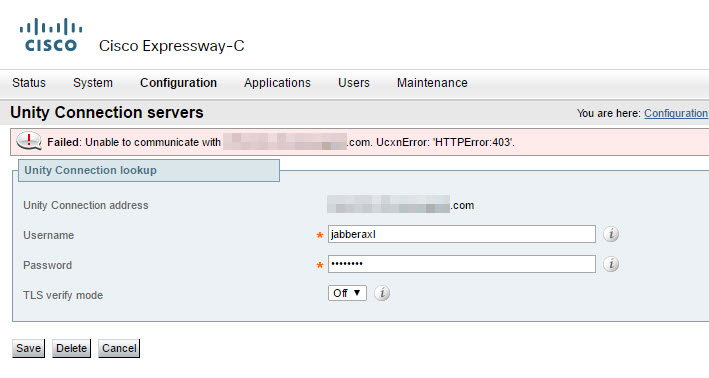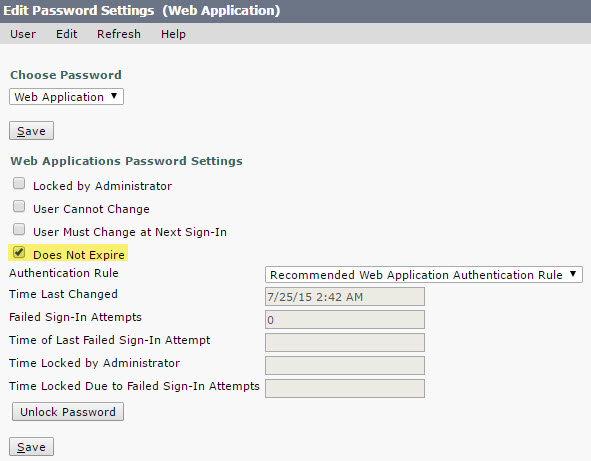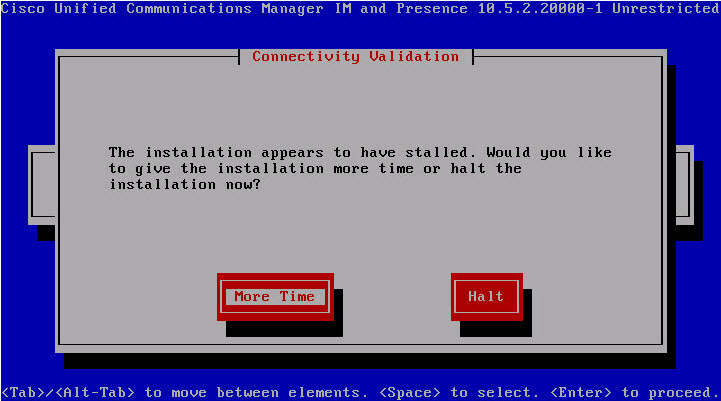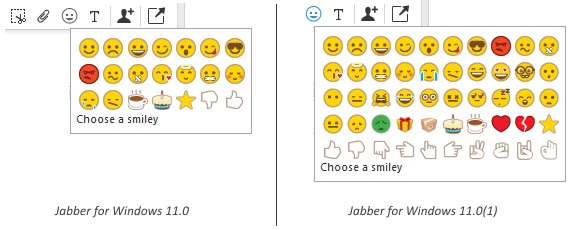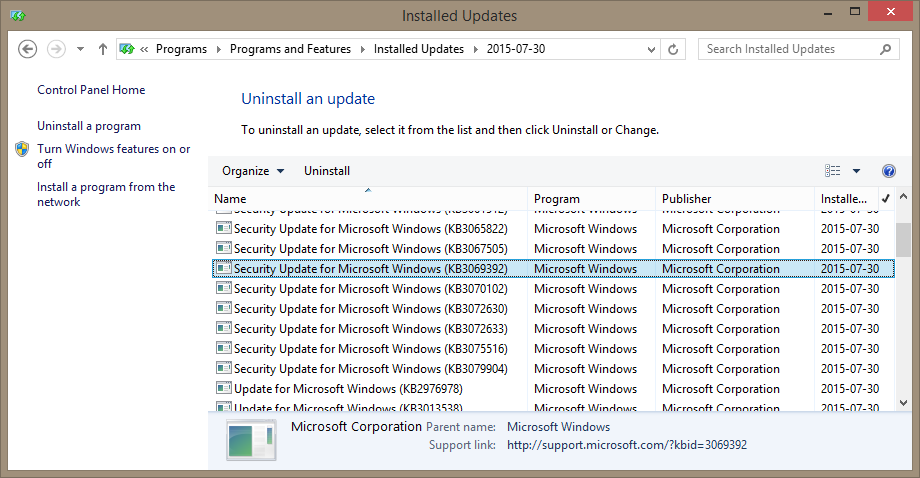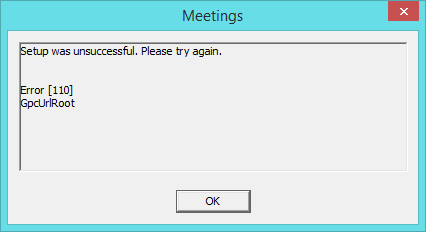So I’m performing an upgrade of yet another CUCM and CUC clusters from 10.5.2 to 11.0.1 (my fifth this month!) and I get two separate issues post upgrade:
Issue #1: High CPU utilization on both Pub and Sub nodes post-upgrade to 11.0.1. The command “show process using-most cpu” shows “/usr/bin/python -Es /usr/sbin/setroubleshootd -f” process as using most CPU:
admin:show process using-most cpu PCPU PID CPU NICE STATE CPUTIME ARGS %CPU PID CPU NI S TIME COMMAND 64.5 18193 - 0 S 00:23:06 /usr/bin/python -Es /usr/sbin/setroubleshootd -f
Issue #2: VMware Tools are shown as “Not Running (Not Installed)” for one of the Unity Connection nodes. Re-installation of VMware Tools using any of the acceptable methods has no effect.
So what’s the fix?
Fix for Issue #1: Change the SELinux mode to permissive (utils os secure permissive) on all affected nodes (Note: this can also apply to Cisco Unity Connection appliance).
Fix for Issue #2: Change the SELinux mode to permissive (utils os secure permissive) and reinstall VMware Tools (utils vmtools refresh).
Note: DO NOT change security back to ‘enforced’ if you are running VMware Tools 10.0 or higher. Read more about this issue on Cisco’s Bug Search Tool: https://bst.cloudapps.cisco.com/bugsearch/bug/CSCux90747.
So what is SELinux anyway? Since Cisco UC servers are built on RHEL6, it’s best to turn to documentation from the source: https://access.redhat.com/documentation/en-US/Red_Hat_Enterprise_Linux/6/html/Security-Enhanced_Linux/index.html.
By changing the SELinux mode from the default ‘enforced’ to ‘permissive’, you are not disabling SELinux, but rather instruct SELinux to log rather than block access to files and/or processes.
Hope this helps someone.
